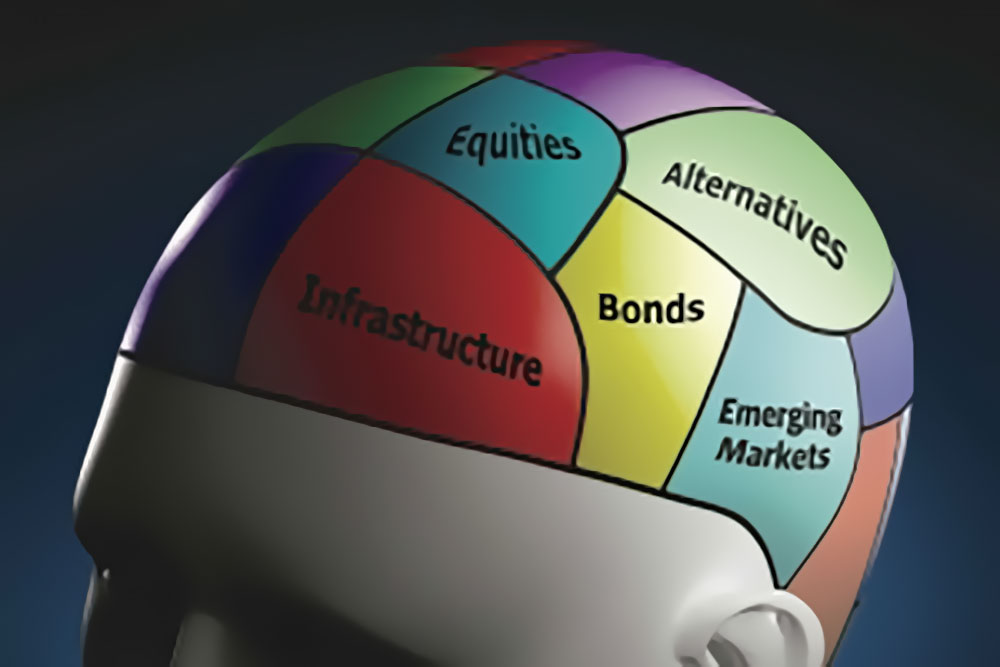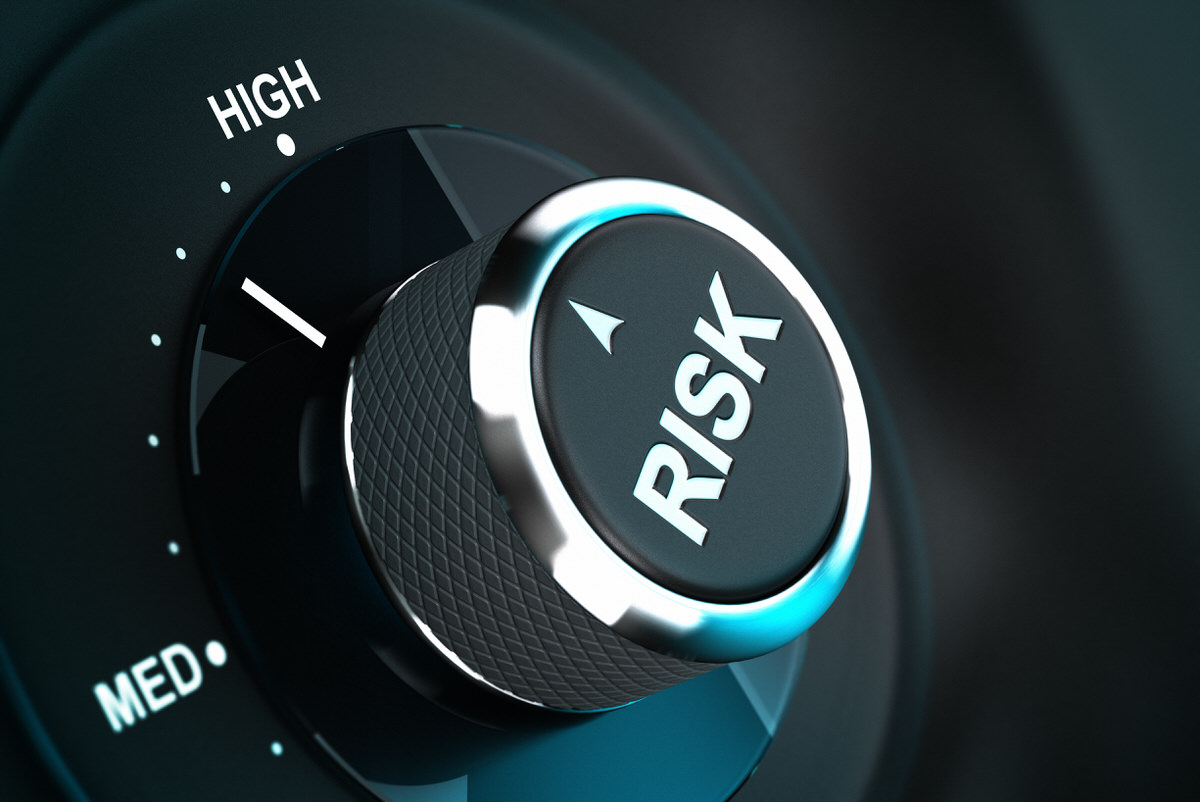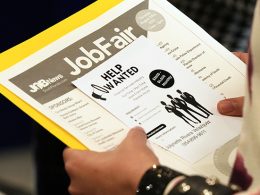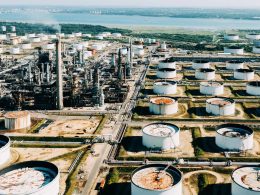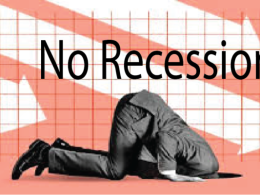by Jon Roiter, Co-head of Credit Opportunities, GMO LLC
Jon Roiter is co-Portfolio Manager of GMO’s Credit Opportunities (COF) Strategy, which he runs with Jeff Friedman. The Credit Opportunities team focuses on compelling, idiosyncratic opportunities in the credit and special situation equity markets.
Executive Summary
Along with risk assets across the board, the high yield market is currently undergoing a dislocation the magnitude of which occurs only once every decade. Uniquely for high yield credit, returns can be scenario-tested based on discrete cash flows because either coupons and principal are paid or bonds default and creditors recover on the claims. GMO has developed a stress test for the high yield market that demonstrates that while the bottom may not yet be in sight, the sell-off is being overdone given the high yield market can deliver positive real returns through a cycle even under draconian default and loss assumptions. Accordingly, there is shelter in credit. Meanwhile, if heightened volatility subsides, we believe high yield bonds are priced to deliver substantial total returns. Security selection can add incremental alpha as the good is abandoned indiscriminately with the bad and the ugly as people distance themselves from risk. If history once again rhymes, then we believe the return profile for high yield to prove superior to equities post this historic drawdown.
High Yield Market’s Wild Ride
The rapid seizing up of global markets has brought into play a new Minsky moment. No longer taking cues from Chuck Prince,1 the markets’ music has halted2 abruptly once again, perhaps this time fueled by Lil Nas X’s absurdist chart topping 2019 single “Old Town Road” which defiantly proclaimed: “Yeah, I'm gonna take my horse to the old town road. / I'm gonna ride 'til I can't no more.” What seemed like an easy ride just months ago has become a bucking bronco, forcing investors, companies, consumers, and policymakers to make challenging decisions in a time of extreme uncertainty. Investors, who spent the past few decades loading up on illiquid assets (private credit, private equity), are now in a mad dash for liquidity all at once.
A scan of valuations in credit markets following the extreme price action of the past month and a half offers some chart-topping data points:
- The high yield spread has topped 1,000 bps, its widest level since 2009.3
- High yield through March 20 has registered a -17.5% return, which thus far is the worst month ever recorded (September 2008 registered a -16.3% return).4
- The trading week ending March 20 registered record outflows of $108.9 billion out of bonds (Monday, March 16 was the largest daily outflow ever at $30.2 billion) while inflows to cash surged to $95.7 billion (fourth largest week ever).5
While this would suggest an attractive entry point, we must also consider the potential downsides and that asset prices might sell off further:
- The current high yield spread of 1,000 bps compares to ultimate wides of over 1,100 bps in 2002 and 2,000 in 2008.6
- High yield drawdown was 33% from June through November of 2008.7
In situations of great uncertainty, it is helpful to run scenario analysis. The extent of the unknowns that the Covid-19 pandemic and corresponding policy actions present makes this more challenging than ever. The amplitude and duration of this crisis and all knock-on effects are unknown. On the downside, it is plausible that the tail risk may match or exceed the market stress experienced in the Global Financial Crisis of 2008-2009. On the upside, it is plausible that aggressive actions on virus containment, human resilience, innovation, and fiscal and monetary policy support can level off the spread of the virus and social and economic life can begin to recover within a reasonable timeframe. For financial markets, the scenarios are vague with so much noise and so little signal, so much data but so little predictive capacity, that perhaps the dash for cash is instructed by the chorus from “Old Town Road”: “Can’t nobody tell me nothing.”
Hope for the Best, but Prepare for the Worst – High Yield Loss Absorption Model
In this type of environment, it is typical for risk aversion and decision paralysis to set in. (Is this the bottom? Can we ever recover?) There is something to be said for “hoping for the best but preparing for the worst.” In credit investing (and most value investing), we follow the old axiom of focusing on the downside and letting the upside take care of itself. We can use the knowns of the high yield market and create downside scenarios on the unknowns in order to determine how much downside protection the current market level provides.
A flaw of existing high yield modeling exercises is that they start with spread and assume default losses, but do not properly account for starting dollar prices and coupon in place – they are more mark-to-market models than loss absorption models. More fundamentally, currently the high prevalence of distressed energy credits may distort outcomes as, rather than discuss in this paper, we can at least note the sector is experiencing unique supply and demand distortions and business model challenges that should lead to elevated defaults and losses. Perhaps it is best to create a new high yield default loss adjusted returns model.
In order to create a superior model, we can begin by finding an index excluding Energy, and for this purpose use the Bank of America Merrill Lynch U.S. High Index Excluding Energy, Metals and Mining. With the current price (85.7), coupon (6.1%), and maturity (6 years), a simple calculation would provide that if all cash flows were paid until maturity at par, the internal rate of return (IRR) would be roughly 9.3%.8 This naïve return is just that: defaults experienced will lead to missed coupons and principal and thus impair cash flows. Accordingly, we need to make assumptions to model defaults and recoveries. To run downside cases, we can make assumptions and create two scenarios:
- Global Financial Crisis (GFC) Case: uses historical default rates from 2008-2013.
- Draconian Case: 2 years of peak 2009 level defaults (10.8%), declining 3% per year until reaching a 2.5% floor in year 5.9
Exhibit 1: Default Rate Scenario Assumptions

As of 3/23/20 | Source: J.P. Morgan Default Monitor
Running these default scenarios and factoring in recovery assumptions10 through the model implies a 4% annualized excess return over treasuries in the Draconian Case default scenario and a 7% annualized excess return in the GFC Case compared to an actual realized excess return from 2008-2013 of 8%.11
Exhibit 2: High Yield Return Scenarios

As of 3/23/20 | Source: GMO calculations, Bank of America
What Goes Down Must Go Up?
The fact that high yield can provide 7% annualized excess returns in the GFC Case default scenario and over 4% annualized excess returns in the Draconian Case demonstrates impressive downside protection. But risk capital seeks even better returns, so what does a blue sky look like?
Upside cases are likely to take the form of a “snapback,” which can more appropriately be calculated as a spread tightening event that causes prices to recoup recent losses. In this case we can take a spread tightening back to historical averages (~450 bps), multiply it by duration (~4 years), and add a year of current yield (7.1%) and observe a potential 25% upside case from a 1-year snapback.
Win, Lose, or Drawdown
While attractive excess returns in a GFC-style default cycle, modest though positive excess returns in a Draconian Case, and a 20%+ snapback upside case make a compelling case for high yield at current levels, perhaps risk-seeking capital is seeking higher returns given the dramatic sell-off. We will leave the equity market valuation assumptions to others but note that should the Draconian default scenario materialize, it is hard to imagine that equities outperform credit. Further, the experience of the GFC default cycle provides some useful context that suggests risk return in U.S. high yield is positioned more attractively.
High yield bonds benefit from a higher position in the capital structure, with senior claims on enterprise value and downside protection in terms of a “recovery floor” on trading levels, which was borne out in 2008. As with the GFC, there are now many bonds trading at attractive yields, below par, and a market implied “loan to value” ratio of less than 50%.
We don’t know where the bottom is, but we know equities took a longer time to recover from the bottom than high yield. Whereas high yield recovered back to 2007 levels fairly quickly, it took until 2012 for S&P total return to claw back from its drawdown. Further, S&P Total Return did not surpass high yield until 2017. We suggest this could be due to a reason that may persist today, which is that fiscal and monetary policy measures have a more direct first order impact on credit markets while the repercussions of economic and wealth disruption may linger and hamper equity recoveries.
Exhibit 3: Indexed Total Return High Yield vs. S&P

As of 3/23/20 | Source: GMO, Bloomberg
Conclusion
We believe that the high yield market sell-off has created an attractive opportunity in high yield and stressed credit. In uncertain markets the focus should be on downside protection, and default scenarios demonstrate the loss absorption capacity of high yield at current levels. Although no one knows where the bottom in prices may be, we think high yield bonds are an attractive risk asset class in which to shelter. We can remain agnostic about the answer to the question as to where the bottom is because we believe that even potential draconian outcomes do not impair capital. Once the storm subsides distressed prices overall provide the opportunity to generate meaningful returns.
Download article here.
*****



